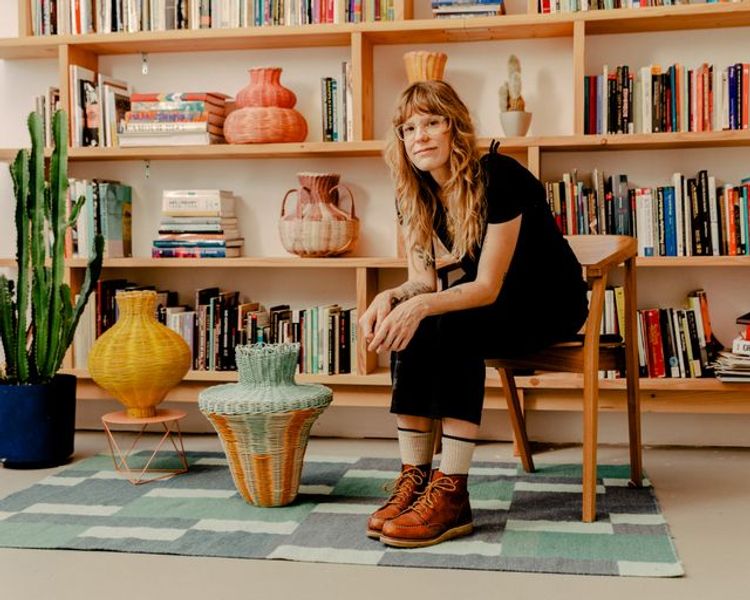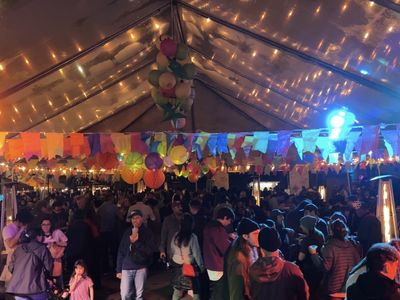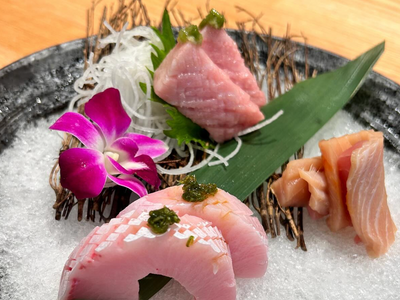Graduate Lecture: Dee Clements

The following description comes from the event organizer.
BIO
Studio Herron, is a design studio that focuses on textiles, furniture and objects that combine an artistic process and traditional craft methodologies with the utilitarian and the aesthetic. Studio Herron creates unique and beautiful work for the trade, commercial retail, private and public commission, gallery exhibition and the Studio Herron label. Each are thoughtful works of art for everyday life, utility and comfort.
Dee Clements is the Founder, Creative Director and Designer of Studio Herron. Dee is a process-based designer who has a deep love of and interest in materials and craft. She holds an MFA in 3D Design from Cranbrook Academy of Art and BFA in Fiber and Materials Studies and Sculpture from The School of The Art Institute of Chicago.
Artist Statement
I’m interested in the connections between history, craft, culture, materials, and objects. My practice visually examines women’s roles in craft and design and their unseen labor through the lenses of feminism, ethnography, and patriarchy. The curvaceous, often matronly, saggy, lumpy, bulbous forms of my woven vessels are metaphors for what women hold and how their societal roles relegate them to specific crafts that have historically been deemed “Women’s Work.” The Carrier Bag Theory of Evolution in Anthropologist Elizabeth Fisher’s book Women’s Creation: Sexual Evolution and the Shaping of Society is a theoretical position that in ancient human evolution, women’s bodies were considered the first vessel for the ability to carry and sustain life. This is celebrated in early art via the Paleolithic stone-carved Venus Figurines. Basketry is the oldest craft in human history. The first known interlacements of plant fibers date back roughly 34,000 years ago, predating stone carving and pottery. To find forward motion in my practice, I often look backward, tracing the lineage of craft and patriarchy to their earliest origins. The establishment of patriarchy coincides with humans shifting from nomadic communities to settlements, adopting agricultural practices over hunting and gathering. In the Neoleolithic-early Bronze Age, in ancient Mesopotamia (1755-1750 BC), the 6th Babylonian King, Hammurabi, overthrew Mesopotamia and drew up a code of 282 laws etched into a giant phallic obsidian stone. It was the first written legal system governing society. As it was known, the Code of Hammurabi influenced societies and cultures for thousands of years into present day. Among its laws was a decree that women were the asset or property of the husband or man of the household and should remain loyal to him and serve the family home. For a woman, a wife, or a daughter to disobey a man in ancient times was punishable by death, usually drowning. In addition, the dowry system was established, making marriage and a women’s future a business transaction. The establishment of the Code of Hammurabi, as in most ancient cultures, left few rights for women. The art and craft done by women of the early Bronze Age were also subjugated. With the discovery of ore, men set up blacksmithing shops, a dangerous world for children. The women’s crafts or “Women’s Work” tended toward needlework, sewing, and weaving, that could be practiced while caring for children and household duties. The term “Women’s Work,” though mainly associated with women and their art and craft in a derogatory way, is beautiful to me. My work celebrates and honors what is significant, unique, and unforgettable about women’s work. I hand dye my materials in a mix of bright, loud colors, and then paint on the forms after the weaving is completed. Sometimes I experiment with molding paste, other times, my pieces are anchored by hand-built stoneware ceramic “pots” that allow the woven forms to lean, bend, flop, in corporeal ways. My pieces are like large, fleshy women, unapologetically occupying space, while other times they are stoic, solemn and quiet. I scale my work into large sculptural forms, pushing the material far from it’s original plant origin, while allowing the material to guide. This makes the weaving amazing, unexpected, and exquisite. Weaving is an ancient craft and a language unto itself. To honor the rich lineage of it through my work, also gives me agency to share my voice, and highlight all of the women who have come before me for centuries who were over looked.







